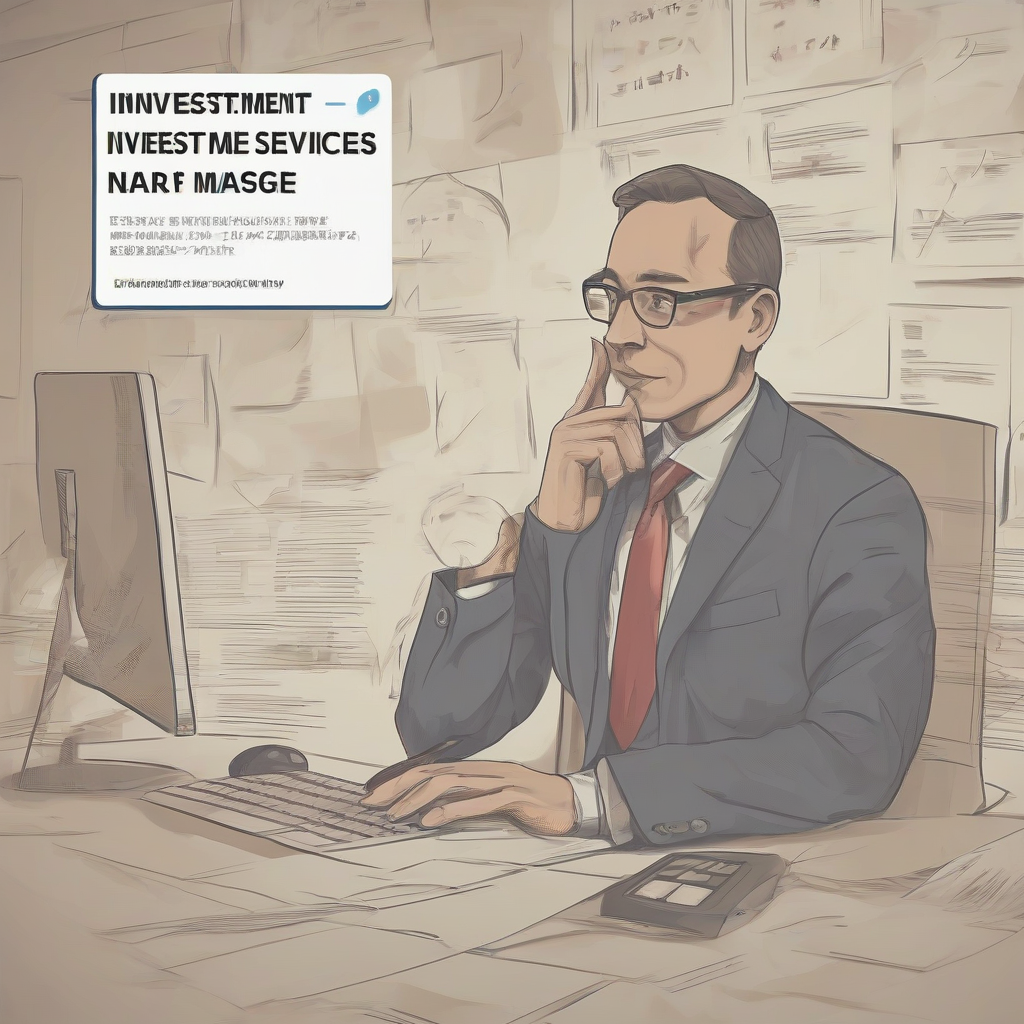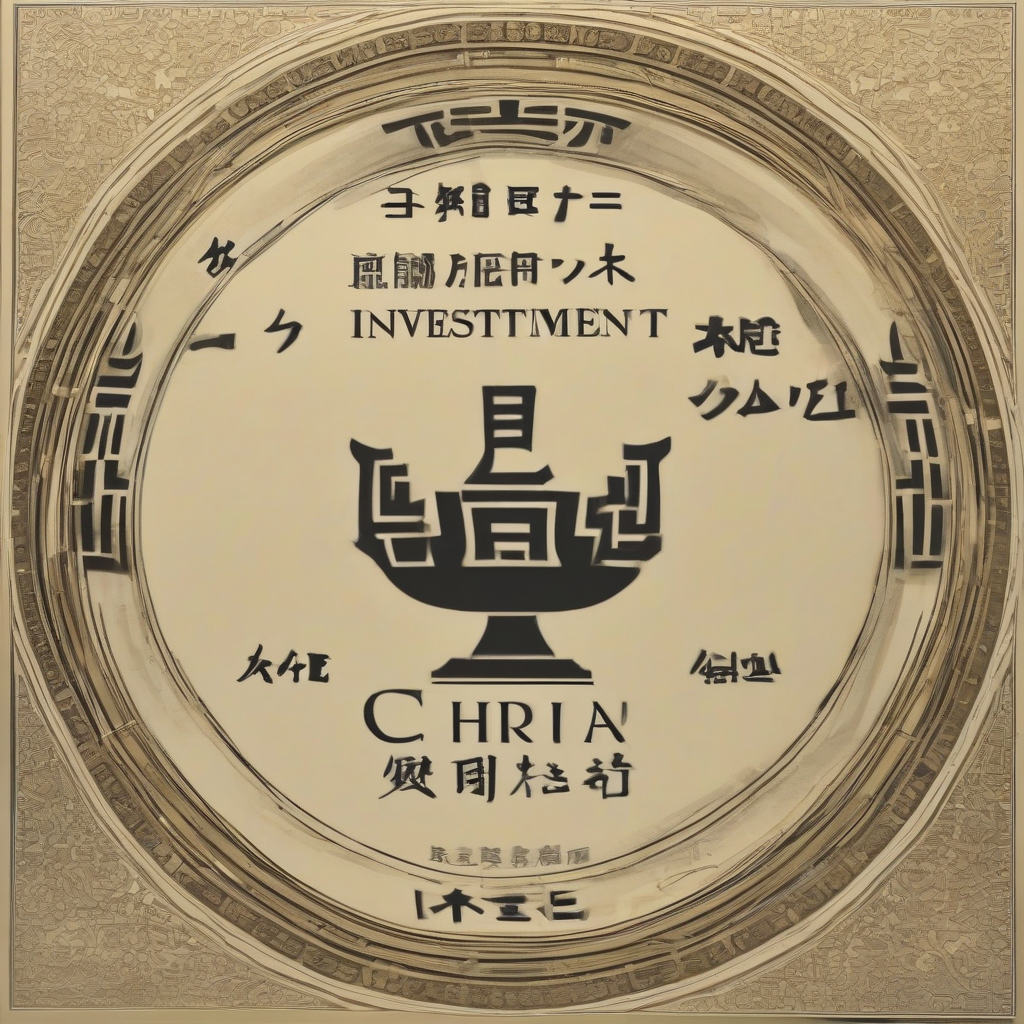Home Equity Line on Investment Property: A Comprehensive Guide

Home Equity Line on Investment Property: A Comprehensive Guide
A home equity line of credit (HELOC) is a loan that allows you to borrow money against the equity you have built up in your home. This can be a valuable tool for homeowners, but it is important to understand the risks and rewards involved before taking out a HELOC.
In the realm of real estate investment, the concept of leveraging home equity extends beyond personal residences to encompass investment properties. A HELOC on an investment property can serve as a powerful financial instrument, unlocking access to funds for a variety of purposes, from renovations and repairs to acquiring additional properties. However, it is crucial to navigate the complexities of this financial tool with a comprehensive understanding of its intricacies.
Understanding Home Equity Lines of Credit
A HELOC is a revolving line of credit that is secured by your home. This means that the lender can foreclose on your home if you default on the loan. However, HELOCs typically have lower interest rates than unsecured loans, such as credit cards, because the lender has the security of your home.
Key Features of a HELOC
- Revolving Credit Line: Similar to a credit card, a HELOC provides a revolving credit line that allows you to borrow money up to a certain limit. You can draw funds as needed and pay them back over time, allowing for flexibility in managing your finances.
- Variable Interest Rates: HELOCs usually feature variable interest rates, which means that your interest rate can fluctuate based on market conditions. This can make budgeting difficult, as your monthly payments may change over time.
- Draw Period: This is the period during which you can borrow money from your HELOC. The draw period typically lasts for 10 years, but it can vary depending on the lender.
- Repayment Period: Once the draw period is over, you enter the repayment period. During this time, you will be required to make fixed monthly payments to repay the outstanding balance on your HELOC. The repayment period can last for up to 20 years.
- Equity as Collateral: The amount you can borrow on a HELOC is determined by your home's equity, which is the difference between the value of your home and the amount you owe on your mortgage.
- Loan-to-Value (LTV) Ratio: Lenders typically have a maximum LTV ratio that they will allow for a HELOC. This ratio, which represents the percentage of your home's value that can be borrowed against, can range from 65% to 80%, depending on the lender's policies.
HELOCs for Investment Properties
HELOCs can be used for a variety of purposes related to investment properties, including:
- Property Acquisition: A HELOC can provide a significant portion of the financing required to purchase an investment property, supplementing a traditional mortgage or other forms of financing.
- Renovations and Repairs: Investment properties often require renovations and repairs to enhance their value and appeal to potential tenants. A HELOC can provide the funds necessary to upgrade properties, making them more competitive in the rental market.
- Refinancing Existing Mortgages: HELOCs can be used to refinance existing mortgages on investment properties, potentially securing lower interest rates or extending the repayment term.
- Cash-Out Refinancing: If you have significant equity in an investment property, you can use a HELOC to tap into that equity for other investment purposes, such as acquiring additional properties or diversifying your investment portfolio.
Benefits of Using a HELOC for Investment Properties
There are several potential benefits to using a HELOC for investment properties, including:
- Access to Funds: A HELOC provides quick and easy access to funds, which can be invaluable when you need to make a quick purchase or cover unexpected expenses.
- Lower Interest Rates: HELOCs typically have lower interest rates than unsecured loans, such as credit cards. This can save you money on interest payments over the life of the loan.
- Tax Deductibility: Interest paid on a HELOC used to acquire, improve, or maintain an investment property may be tax-deductible, subject to certain limitations and depending on your specific tax situation.
- Flexibility: A HELOC offers flexibility, allowing you to draw funds as needed and repay them over time. This can be a valuable tool for managing your cash flow and meeting your investment needs.
- Building Equity: By using a HELOC to improve your investment property, you can potentially increase its value, thereby building more equity. This can create a positive feedback loop, as increased equity allows you to borrow more money in the future.
Risks of Using a HELOC for Investment Properties
While HELOCs can be a valuable financial tool, it is important to understand the risks involved before taking out a loan. Some potential risks include:
- Variable Interest Rates: HELOCs typically have variable interest rates, which means that your interest rate can fluctuate based on market conditions. This can make budgeting difficult, as your monthly payments may change over time.
- Potential Foreclosure: If you default on your HELOC payments, the lender can foreclose on your investment property. This could result in significant financial losses.
- Depreciating Property Values: If the value of your investment property declines, you may find yourself in a situation where you owe more than the property is worth. This could lead to negative equity, making it difficult to sell or refinance the property.
- Unforeseen Expenses: Investment properties can be prone to unexpected expenses, such as repairs, maintenance, and legal fees. If you are not prepared for these costs, you may have difficulty meeting your HELOC payments.
- Overleveraging: Using a HELOC to acquire or improve multiple investment properties can increase your overall leverage. If you overleverage yourself, you may be putting your financial stability at risk.
- Tax Implications: While interest paid on a HELOC used for investment purposes may be tax-deductible, there are specific requirements and limitations that you need to be aware of. It is essential to consult with a tax advisor to understand the tax implications of your HELOC.
Factors to Consider Before Using a HELOC
Before you take out a HELOC for an investment property, there are several factors you should consider:
- Your Credit Score: Your credit score will play a significant role in determining your interest rate and whether or not you qualify for a HELOC. Aim for a credit score of at least 700 to secure the best terms.
- Your Debt-to-Income Ratio (DTI): Lenders will assess your DTI, which is a measure of your monthly debt payments compared to your monthly income. A lower DTI will generally improve your chances of approval and securing a favorable interest rate.
- The Value of Your Investment Property: The value of your investment property will determine how much equity you have available to borrow against. Make sure you have a realistic assessment of your property's market value.
- Your Investment Strategy: Consider your overall investment strategy and how a HELOC fits into your plans. Ensure that the use of a HELOC aligns with your long-term financial goals.
- The Interest Rates and Terms: Shop around with different lenders to compare interest rates and terms. You may also want to consider a fixed-rate HELOC if you are concerned about rising interest rates.
- Your Ability to Repay: Before taking out a HELOC, make sure you have a solid plan to repay the loan. Consider your current income and expenses, as well as potential fluctuations in rental income.
Alternative Financing Options
While HELOCs can be a viable option for financing investment properties, there are also other alternatives to consider:
- Traditional Mortgages: A traditional mortgage is a long-term loan secured by your property, providing a fixed interest rate and consistent monthly payments.
- Private Loans: Private lenders often offer more flexible terms and higher loan amounts than traditional lenders, but they may also have higher interest rates.
- Equity Release Products: These products allow you to access the equity in your home without having to make monthly payments, but they typically come with higher fees and interest rates.
- Crowdfunding: Platforms like RealtyMogul or Fundrise allow you to invest in commercial real estate properties through crowdfunding, potentially providing access to diversified investment opportunities.
Conclusion
A HELOC can be a valuable financial tool for investors who need to access funds for their investment properties. However, it is important to weigh the potential benefits against the risks involved before taking out a loan. By carefully considering your financial situation, investment goals, and the terms of the HELOC, you can determine if this financing option is right for you.
What's Your Reaction?
















